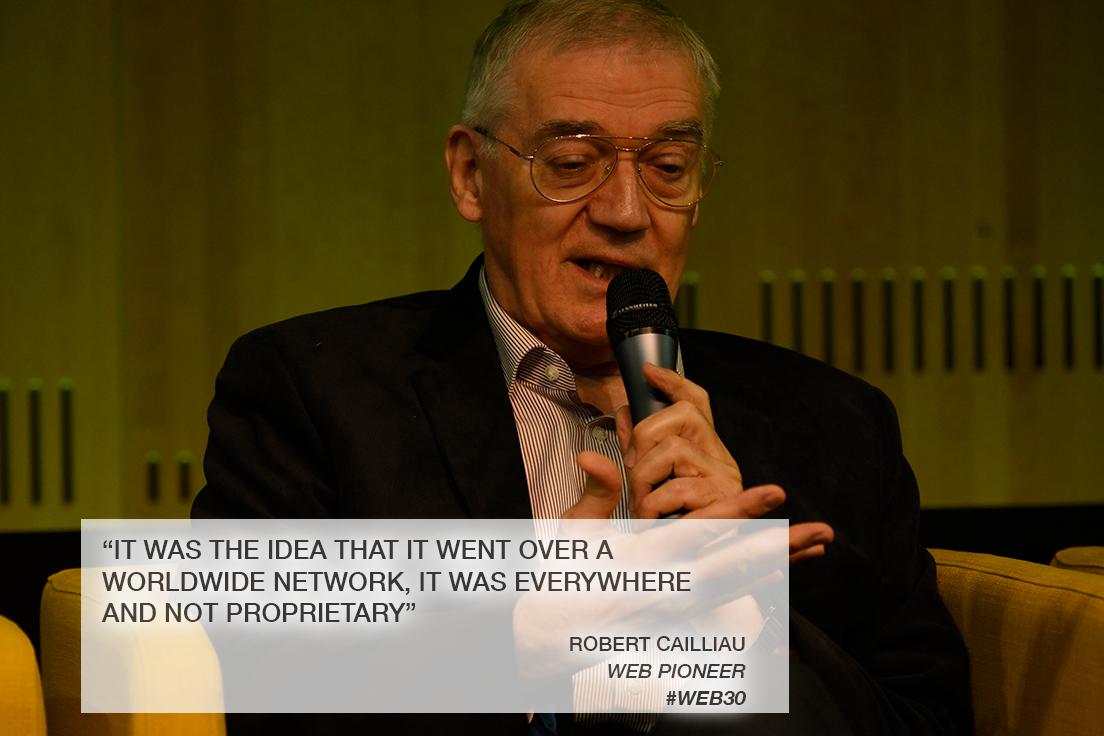Happy 30th birthday World Wide Web!
Follow the celebrations today via #web30
Webcast starting shortly: cern.ch/web30
Follow the celebrations today via #web30
Webcast starting shortly: cern.ch/web30

It begins!
Let's start celebrating 30 years of the World Wide Web!
Follow the #web30 webcast: cern.ch/web30
Let's start celebrating 30 years of the World Wide Web!
Follow the #web30 webcast: cern.ch/web30

"The Web has been an incredible and powerful tool to reach out to the whole world, to break down barriers, to bring education and information to all and thus to reduce inequalities." Fabiola Gianotti - CERN Director General #web30 cern.ch/web30
Now starting: "Let’s Share What We Know" panel discussion
Frédéric Donck chairs a panel including Sir Tim Berners-Lee, Robert Cailliau, Jean-François Groff, Lou Montulli, Zeynep Tufekci looking at the early days of the Web.
#web30 cern.ch/web30
Frédéric Donck chairs a panel including Sir Tim Berners-Lee, Robert Cailliau, Jean-François Groff, Lou Montulli, Zeynep Tufekci looking at the early days of the Web.
#web30 cern.ch/web30

Sir @timberners_lee,
Web inventor,
Director of @w3c & Founding Director of @webfoundation
#web30
cern.ch/web30
Web inventor,
Director of @w3c & Founding Director of @webfoundation
#web30
cern.ch/web30

Zeynep Tufekci @zeynep techno-sociologist, writer & assistant professor @uncsils
#web30
cern.ch/web30
#web30
cern.ch/web30

As part of CERN’s celebrations of the 30th anniversary of the Web, an international team recreated the WorldWideWeb browser home.cern/news/news/comp…
#web30
#web30

Sir @timberners_lee,
Web inventor,
Director of @w3c & Founding Director of @webfoundation
#web30
cern.ch/web30
Web inventor,
Director of @w3c & Founding Director of @webfoundation
#web30
cern.ch/web30

.@timberners_lee now beings a 30-hour journey, so @CERN gave him his original Web proposal sonified and on a format familiar in 1989: a walkman.
What were you doing in 1989?
Tweet with #web30
What were you doing in 1989?
Tweet with #web30
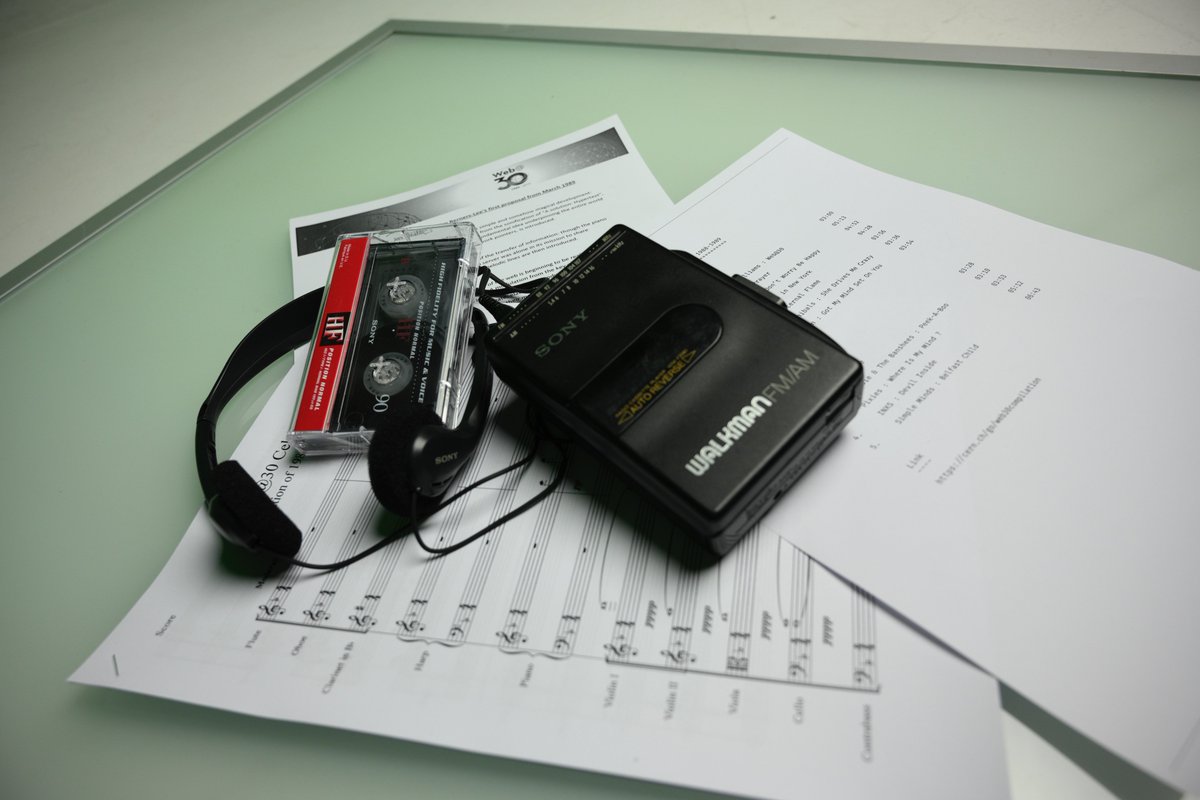
Now starting: "Towards the Future" panel discussion
Bruno Giussani chairs a panel including Doreen Bogdan-Martin, Jovan Kurbalija, Monique Morrow, Zeynep Tufekci looking at aspects that technology evolution can bring us.
#web30 cern.ch/web30
Bruno Giussani chairs a panel including Doreen Bogdan-Martin, Jovan Kurbalija, Monique Morrow, Zeynep Tufekci looking at aspects that technology evolution can bring us.
#web30 cern.ch/web30
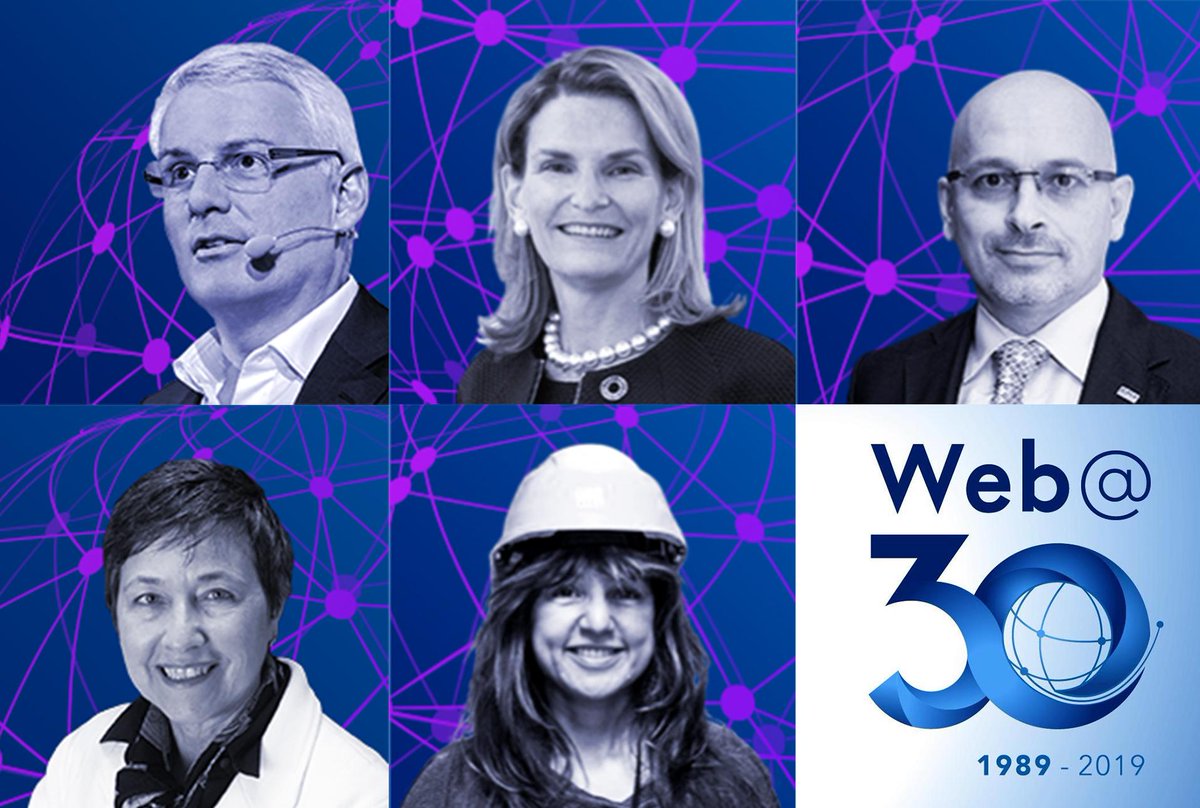
Zeynep Tufekci @zeynep techno-sociologist, writer & assistant professor @uncsils
#web30
cern.ch/web30
#web30
cern.ch/web30
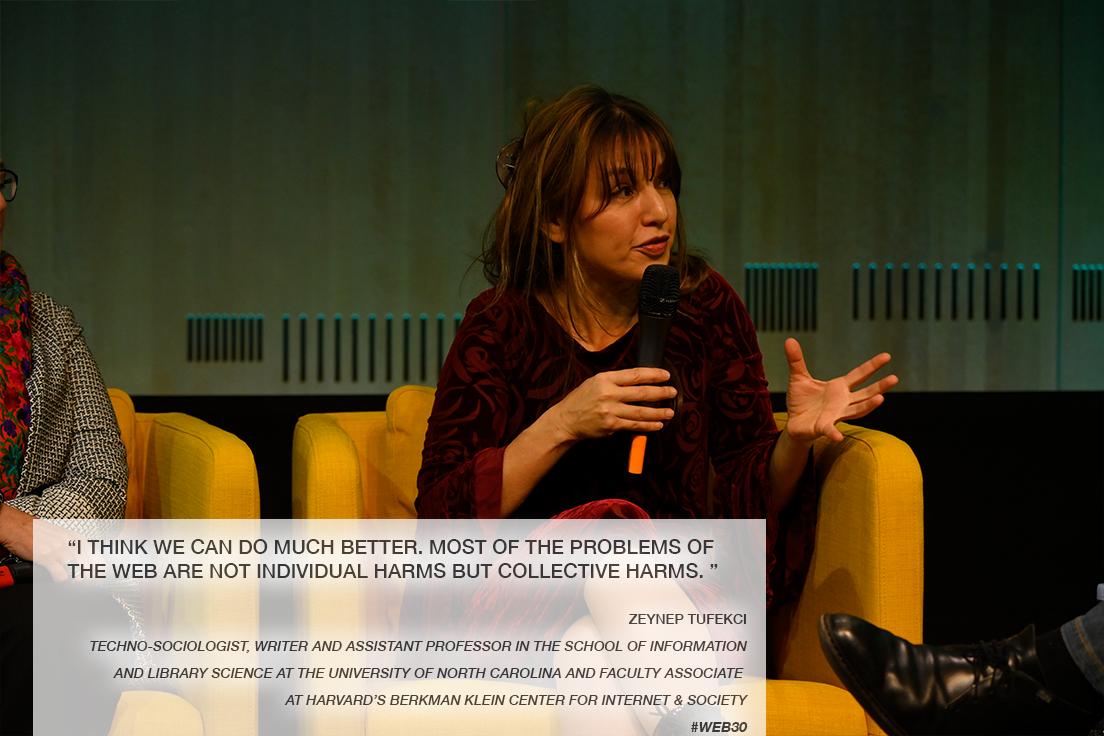
.@moniquejmorrow
Chief Technology Strategist, President & Co-Founder
of the Humanized Internet
#web30
cern.ch/web30
Chief Technology Strategist, President & Co-Founder
of the Humanized Internet
#web30
cern.ch/web30

.@jovankurbalija Executive Director, Secretariat of @UNSGdigicoop,
Founding Director of @DiplomacyEdu, Head of @GenevaGIP
#web30
cern.ch/web30
Founding Director of @DiplomacyEdu, Head of @GenevaGIP
#web30
cern.ch/web30

"What makes the Web so wonderful is its openness, but that also brings challenges"
Charlotte Lindberg Warakaulle, @CERN Director for International Relations
@cwarakaulle
#web30
cern.ch/web30
Charlotte Lindberg Warakaulle, @CERN Director for International Relations
@cwarakaulle
#web30
cern.ch/web30

🎂 Happy 30th birthday World Wide Web!
#web30 cern.ch/web30
Watch the recordings of today's celebration:
facebook.com/cern/videos/58…

#web30 cern.ch/web30
Watch the recordings of today's celebration:
https://twitter.com/CERN/status/1105363491030994944?s=20
facebook.com/cern/videos/58…
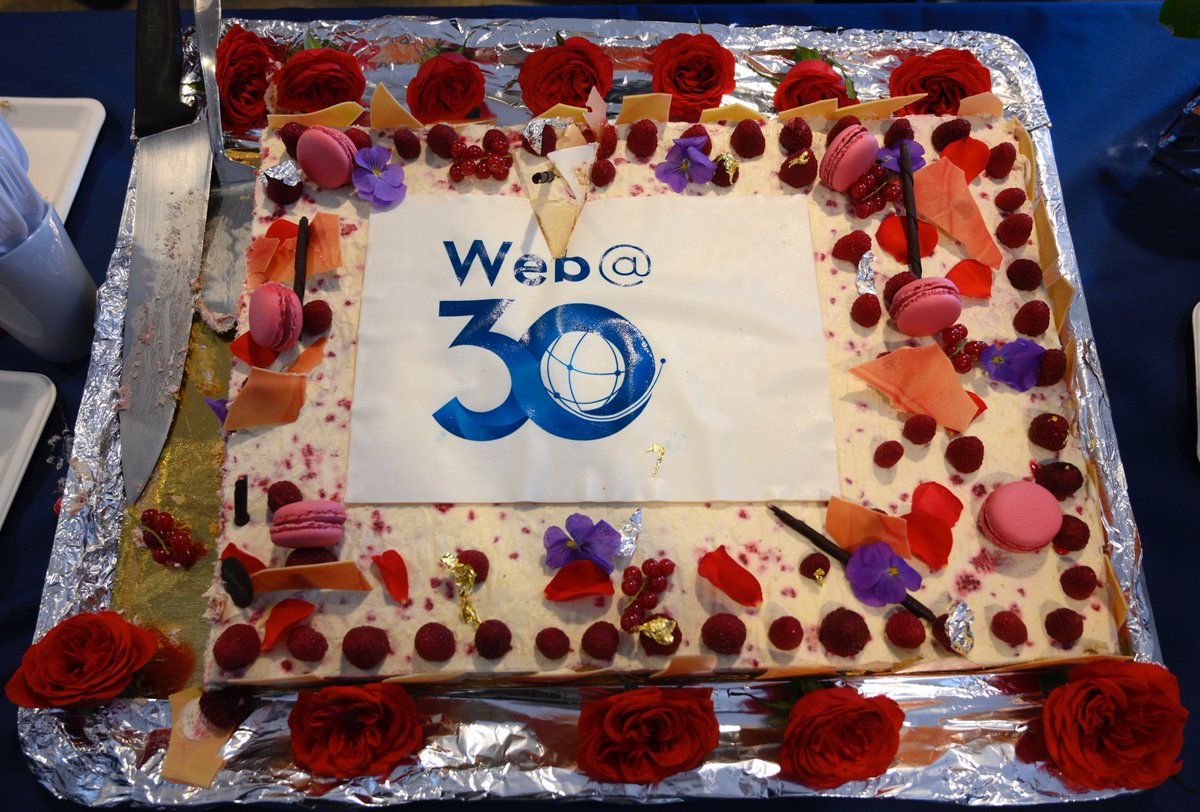
• • •
Missing some Tweet in this thread? You can try to
force a refresh


